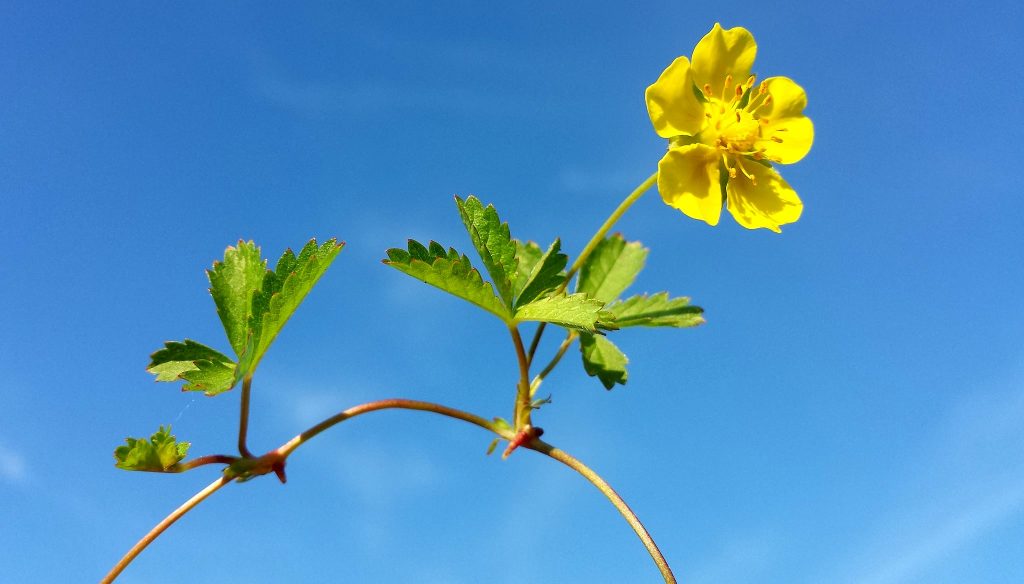Scientists find that plants are capable of making decisions under competition
(Educate Inspire Change) Biologists from Tübingen University have demonstrated how plants can choose between alternative responses to competition.
Plants are capable of making decisions
Plants have the ability to make decisions in case of competition with their neighbors, depending on the size and density of these, according to a study by the University of Tübingen.
It has been shown that animals that face competition choose optimally between different behaviors, including confrontation, avoidance, and tolerance, depending on the competitive ability of their opponents in relation to theirs.
For example, if their competitors are bigger or stronger, animals are expected to “give up the fight” and choose to avoid or tolerate confrontation.
Scientists have found that plants can detect the presence of other competing plants through various signals, such as the reduction in the amount of light or in the ratio of red to distant red wavelengths, which occurs when light is filtered through the leaves.
It is known that these signs of competition induce two types of responses: vertical elongation by confrontation, whereby plants try to overcome and shade their neighbors, and tolerance to shade, which promotes performance under limited lighting conditions.
Some plants, such as clonal plants, can display avoidance behavior as a third response type: they grow away from their neighbors. “These three alternative responses of plants to light competition have been well-documented in the literature,” says Michal Gruntman, lead author of the paper.
“In our research, we wanted to find out if plants can choose among these responses and match them to the relative size and density of their adversaries.”
In order to answer this question, the scientists used the clonal plant Potentilla reptans in an experimental setup that simulated different light competition environments.
Experts used vertical bands of transparent green filters that reduce the amount of red and far-red light and, therefore, could provide a realistic simulation of the competition for light.
By changing both the height and density of this simulated vegetation, researchers could present different scenarios of competition for light between plants.
Researchers discovered that Potentilla reptans has the ability to choose its response to the competition optimally.
When the plants were under treatments that simulated low-density neighbors, which presented competitors that were too dense to avoid laterally but could be vertically overcome, Potentilla reptans showed the greatest vertical growth of confrontation.
However, under simulated high-altitude neighbors, which could not be overcome either vertically or laterally, the plants showed the highest shade tolerance behavior.
Finally, under the neighbors of low height, which could only be avoided laterally, the plants exhibited the highest lateral avoidance behaviors.
Source: Nature Communications
17-12-21_Plants_Decision-making_engl_01.pdf
Source: Educate Inspire Change
You may also like:
New research shows that plants detect vibrations & use sound to find water & survive
Amazing apes: Great apes can “read minds” to help people out




